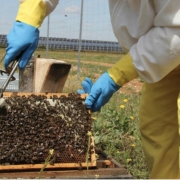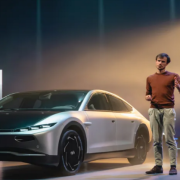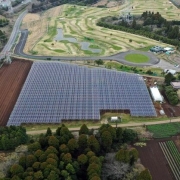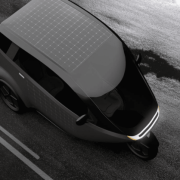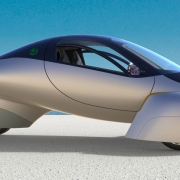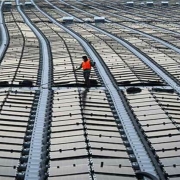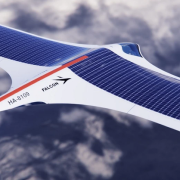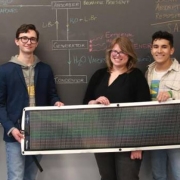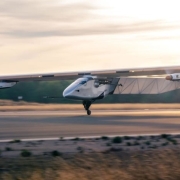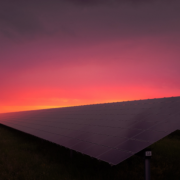A place where bees, crops, animals, and photovoltaic panels coexist and thrive may very well be feasible.
In fact, modern solar technology combined with traditional techniques has improved the bee population and honey production in the Spanish town of Carmona, according to an initial report by Endesa.
In the town, roughly two and a half million bees coexist with sheep and aromatic plants in the middle of a solar facility. Run by the Endesa energy company, the project is called Solar Apiary and is a brilliant example of agrivoltaics, the simultaneous utilization of land for both solar power and agriculture.
Click here to read the full article
Source: Interesting Engineering
—
If you have any questions or thoughts about the topic, feel free to contact us here or leave a comment below.

